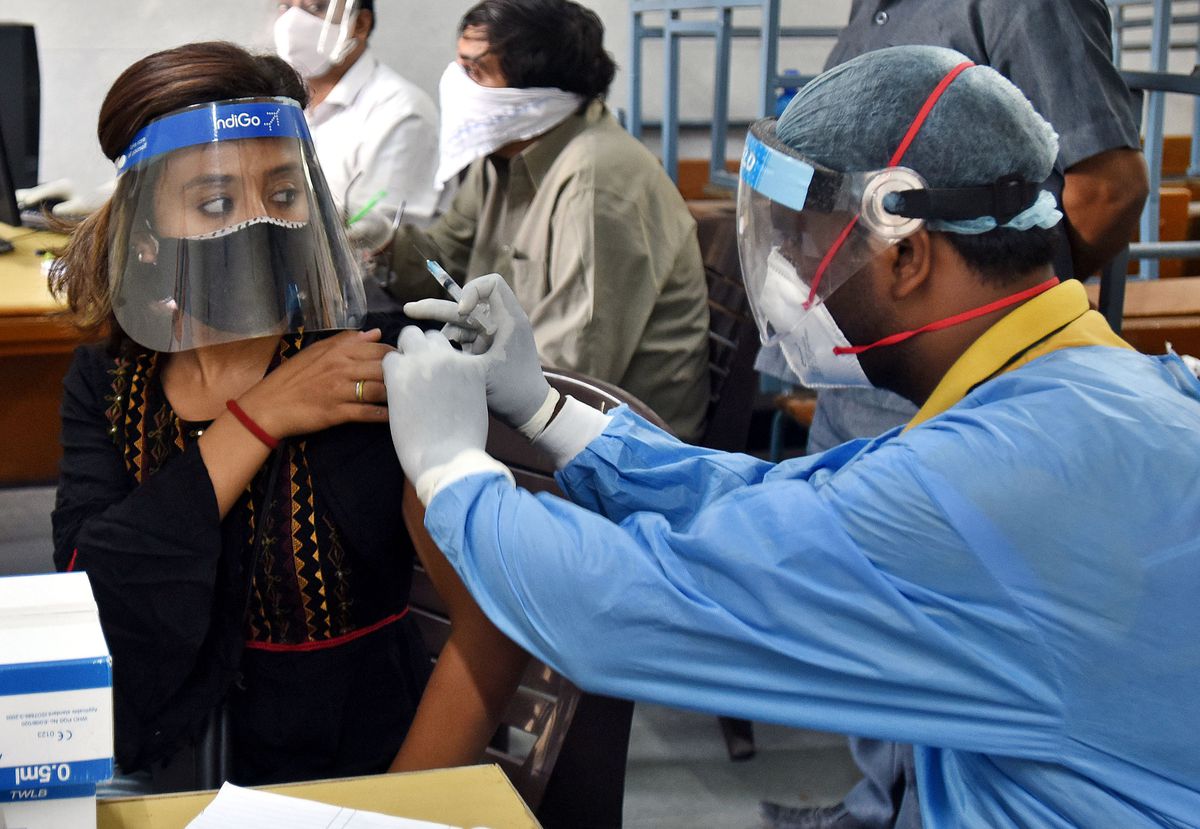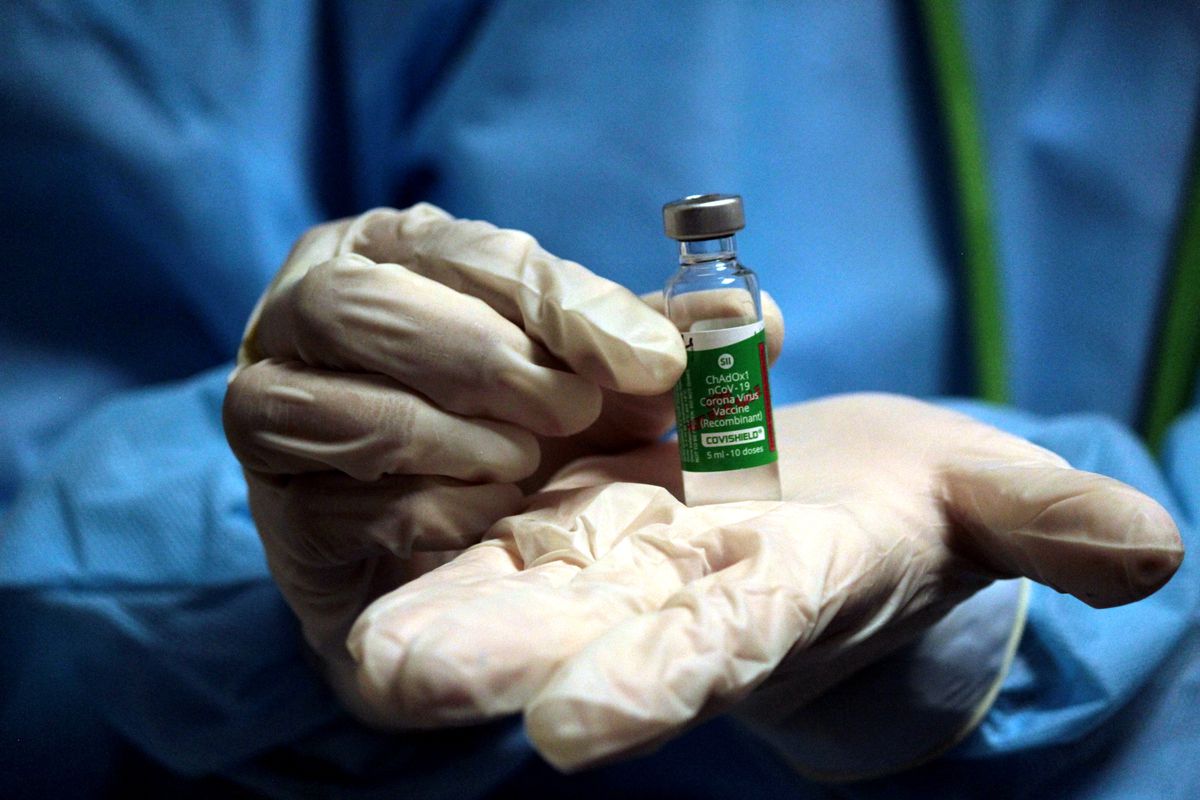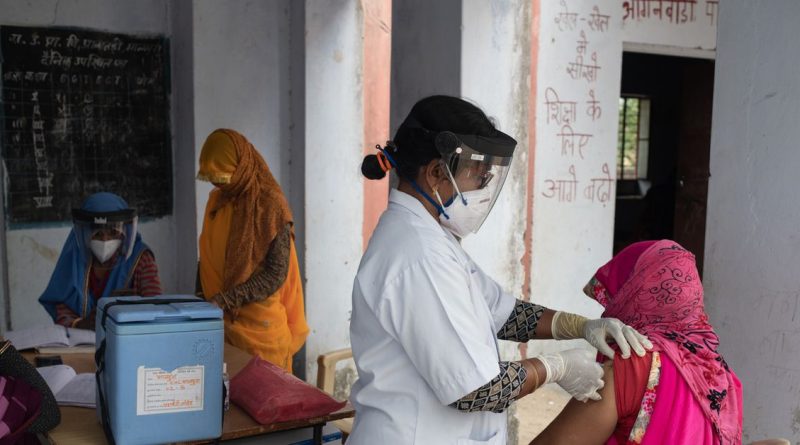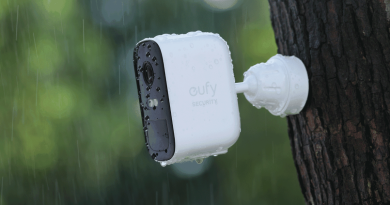Vaccine waivers alone can’t solve India’s vaccine crisis
India never should have been in this position. The government is currently engaged in international disputes over vaccine waivers and intellectual property rights, while a horrific and record-setting surge of COVID-19 cases continues to devastate its population. The country’s recent vaccine policies — opening vaccination for all above the age of 18 while reeling under severe shortage, allowing the private sectors to sell the vaccine at market prices, and leaving the states to procure vaccines themselves — have been strongly criticized by public health experts and its Supreme Court.
It’s a bizarre predicament for one of the largest suppliers of vaccines in the world, a country that was ideally positioned to quickly ramp up vaccine manufacturing. But while some nations invested in domestic development of vaccines and others secured supplies from manufacturers, India showed no initiative to increase its vaccine-manufacturing capacity. Instead, it prematurely declared a victory over the virus and grossly underestimated the quantity of vaccines it would need.
“We are basically suffering the adverse consequences of the poor policy actions of last year,” said R. Ramakumar, an economist and professor at the Tata Institute of Social Sciences in Mumbai who writes on issues related to access to vaccines.
India scored a small victory on May 5th, when the US announced its support for an intellectual property rights waiver on vaccines and agreed to participate in its negotiations. But while many celebrated the decision, others were circumspect.
“I was surprised [at the decision] but then I read the fine print,” Ramakumar said. He said by the language of its statement, the US seemed to be in no hurry to waive intellectual rights, anticipating negotiations at the World Trade Organization (WTO) to be hard and long.
That lack of urgency is something that vaccine-hungry countries like India can ill afford. India is looking to vaccinate over 900 million adults, but it has only managed to fully vaccinate just 2.8 percent of the population.
Waiving intellectual property rights could give vaccine manufacturers the information they need to ramp up vaccine production so that more people in the world get their jabs. However, some experts like Ramakumar believe it will take months for the international community to reach consensus, and other experts believe that waivers alone won’t help — not without adequate infrastructure and support to make the vaccines.
India’s proposal to waive COVID-19 patents
For months, as COVID-19 cases and death tolls rose, the world hoped that the introduction of vaccines would bring the pandemic to an end. This didn’t happen. Out of the approximately 1 billion COVID-19 vaccines administered, only 0.3 percent went to low-income countries. Many rich Western countries like the US bought enough vaccines to inoculate their population many times over while countries like Chad, in sub-Saharan Africa, had none.
In October 2020, India and South Africa proposed a temporary waiver of intellectual property and patent rights over products that could prevent, contain, and treat COVID-19. This would ensure that COVID-19 vaccines and drugs could be manufactured in facilities across the world — and not just in a small number of factories that hold coveted licenses.
First, the WTO would have to agree to waive intellectual property rights currently protected under an agreement called the Trade-Related Aspects of Intellectual Property Rights (TRIPS). There are provisions in the agreement — called TRIPS flexibilities — that could allow countries to waive patent rights to ensure access to essential medicines.

The waiver proposed by India and South Africa goes beyond the TRIPS flexibilities and asks pharmaceutical companies to hand over copyright material, trade secrets and data submitted to regulatory authorities. This is because vaccine manufacturing is complex. Without this additional technical information it won’t be possible for other manufacturers to produce vaccines quickly.
India and South Africa’s proposal was backed by over 100 developing countries but was initially opposed by the US, UK, Canada, EU and other western countries who claimed that the intellectual property system was required to incentivize new inventions of vaccines, diagnostics and treatment. At one point, billionaire philanthropist Bill Gates, billionaire philanthropist argued the same, claiming that intellectual property rights underpin innovation and waiving the laws will not make vaccines accessible.
After the US stated support for IP waivers, The Bill and Melinda Gates Foundation changed its position. The US’ decision also convinced the EU, France, Ireland and UK to agree to participate in the WTO negotiations. However Germany remains opposed to the idea of a waiver, and the WTO requires all 164 member countries to come to a consensus.
“We are expecting countries led by big pharma to use delay tactics even before negotiations begin,” said Leena Menghaney, South Asia head of Access Campaign, Médecins Sans Frontières (Doctors without Borders). She also added that the world needs more than COVID-19 vaccines. It also needs more COVID-19 drugs and treatments, but the US does not currently support waivers for these products.
Considering it took the WTO five years to negotiate the 2001 Doha declaration — which only clarified TRIPS flexibilities — the fight over the current waiver is likely to be fierce, and enduring. “If the world does what it did for HIV/AIDS, it would take 20 years before COVID-19 treatment and vaccines reach those who need them,” Menghaney said.
Can India move ahead without vaccine waivers?
India doesn’t have to wait for a WTO agreement to move ahead. Through something called compulsory licensing it could allow generic manufacturers to produce a patented drug without the license owner’s consent.
“Even without WTO approval, India can issue a compulsory license for Covishield so that other Indian manufacturers can produce it”, said Mengahney.
Covishield is what the Oxford/AstraZeneca vaccine is known as in India. Pharmaceutical company AstraZeneca gave permission to the Serum Institute of India (SII) to produce the vaccine. SII is the largest manufacturer of vaccines in the world, and can produce 70 million doses of the vaccine per month. But India needs at least 170 million doses monthly in order to vaccinate 80% of the country by the end of the year.

While it may be possible for India to override the intellectual property rights, essentially bypassing the pharma companies and granting other factories permission to manufacture vaccines, it is unlikely to do so.
For vaccines, compulsory licensing can be tricky. Lifting patents does not give the manufacturers all they need to know to produce the vaccines, “There needs to be a transfer of technology and know-how, along with the lifting of patent rights,” said Ramakumar.
Along with legal rights, a technology transfer, where companies help provide technical support to the companies receiving the technology, is required. This is why countries, including Vietnam, have been prodding pharmaceutical companies to collaborate and issue more voluntary licenses — like the one already issued by AstraZeneca to SII.
Even when there is support, vaccine production takes time. India’s indigenously produced Covaxin vaccine has been licensed to three public sector vaccine manufacturers in India, but production still hasn’t started yet and will take another three to six months to get going.
Some vaccines are also more complex to produce than others. mRNA vaccines, like the ones developed by Pfizer and Moderna, are newcomers to the pharmaceutical world. There are already global shortages of raw materials for mRNA vaccines, including everything from plastic bags to nanoparticles.
That’s because before the pandemic, these kinds of vaccines were mostly produced in tiny batches — enough for academic research but not a global vaccination campaign. The newness of these vaccines also means that manufacturing facilities and expertise needed to safely make these vaccines are in extremely short supply. Those problems aren’t something that a waiver alone can solve.
“It takes a significant amount of time, a couple of months, for vaccine manufacturers to put in place infrastructure, raw materials, skilled workers and arrangements with vendors to start making the vaccines,” said Shivangi Mittal, senior associate at Koan Advisory Group, a technology policy consulting firm.
This process will be slower for intellectual property from other countries or from other innovators who are not closely working with manufacturers under existing commercial arrangements, said Mittal.
Beyond the technical issues, there are diplomatic repercussions to going it alone. Any country that has used compulsory licensing in the past has attracted severe censure from regions that are pharma hubs, such as the European Union, US, and Japan, which have responded with threats of sanctions and cutting off of trade privileges.
“While this [overriding of patent rights] is legally possible, it has rarely been used, even in strong developing countries like India or Brazil or South Africa,” said Achal Prabhala, coordinator of the AccessIBSA project, which campaigns for access to medicines in those countries.
Prabhala said that smaller developing countries have almost never used these provisions because they are even more vulnerable to diplomatic pressure from economic heavyweights like the US and EU. That’s why waivers remain a slower but still more diplomatically palatable option for most countries, including India.
Waivers are a start. They can theoretically help increase vaccine supplies, but to actually get shots into the arms of people, India’s government will still need to enact good policies to help manufacture and distribute vaccines. Globally, it would mean more collaborations and technology transfers from Western to non-Western pharmaceutical companies.
“For India, that would mean declaring vaccines as public good, procuring them centrally and providing them free,” said Ramakumar.




